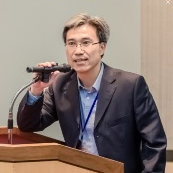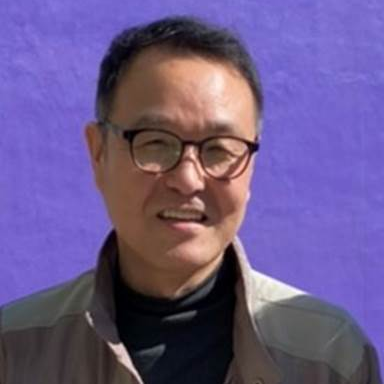Remediation of NAPL-Contaminated Groundwater Aquifers
A special issue of Water (ISSN 2073-4441). This special issue belongs to the section "Urban Water Management".
Deadline for manuscript submissions: closed (30 September 2022) | Viewed by 5206
Special Issue Editors
Interests: soil-water physics; modeling multiphase flow and transport in deformable porous media; saltwater intrusion into coastal aquifers; remediation of groundwater aquifers and enhanced oil recovery; poro-mechanics in fluid-containing porous media; mechanical interaction connecting geophysics to subsurface hydrology; soil erosion and conservation; flood hydrology
Special Issues, Collections and Topics in MDPI journals
Interests: groundwater modeling; hydraulic tests; stochastic hydrogeology; inverse problems; land subsidence; surface water and groundwater interactions; submarine groundwater discharge
Special Issues, Collections and Topics in MDPI journals
Interests: innovative numerical algorithms for flow and transport; analytical solution of multispecies transport; multiphase flow and transport; hydrogeology in coastal aquifer including seawater intrusion and inland contamination; mathematical analysis of chemical and physical data; artificial recharge
Special Issues, Collections and Topics in MDPI journals
Special Issue Information
Dear Colleagues,
Petroleum hydrocarbons and organic solvents are common contaminants in subsurface environments, posing a serious threat to groundwater resources. These liquids, immiscible with water and moving as discrete liquid phases, are often referred to as nonaqueous-phase liquids (NAPLs). When spilled accidentally on the ground or leaking from storage facilities in sufficient volumes, NAPLs migrate downward through the vadose zone due to gravitational and capillary forces, eventually reaching the water table. During the migration process, a portion of NAPLs may be trapped within the pore space in the form of blobs or remain as films around soil particles held by capillary forces. These residual NAPL distributions are complex and can act as long-term sources of contamination. Because entrapped NAPLs are so difficult to dislodge, extraction of NAPL contaminants from groundwater aquifers has been an area of active research in environmental protection and remediation. A wide variety of physicochemical and biological remediation technologies has been developed to remove NAPLs from contaminated subsurface zones. This special issue is dedicated to bringing current knowledge on innovative technologies and methodologies to provide a comprehensive, in-depth analysis of groundwater remediation and quantify its social impacts. The potential topics of the special issue include, but are not limited to:
- Flow of immiscible fluids in soils
- Sampling, modeling, and characterization of contaminated sites
- Source zone identification
- Remediation strategies and cost-effective designs
- Numerical simulation for characterizing contaminant transport
- Analytical solution for analysis on solute transport behavior
- Monitoring techniques and site management
- Other topics on applications of remediation of NAPL-contaminated aquifers
We welcome both original research papers and review papers that provide the community with the most recent advancements in all aspects of NAPL-contaminated site characterization and remediation.
Prof. Dr. Wei-Cheng Lo
Prof. Dr. Chuen-Fa Ni
Dr. Heejun Suk
Guest Editors
Manuscript Submission Information
Manuscripts should be submitted online at www.mdpi.com by registering and logging in to this website. Once you are registered, click here to go to the submission form. Manuscripts can be submitted until the deadline. All submissions that pass pre-check are peer-reviewed. Accepted papers will be published continuously in the journal (as soon as accepted) and will be listed together on the special issue website. Research articles, review articles as well as short communications are invited. For planned papers, a title and short abstract (about 100 words) can be sent to the Editorial Office for announcement on this website.
Submitted manuscripts should not have been published previously, nor be under consideration for publication elsewhere (except conference proceedings papers). All manuscripts are thoroughly refereed through a single-blind peer-review process. A guide for authors and other relevant information for submission of manuscripts is available on the Instructions for Authors page. Water is an international peer-reviewed open access semimonthly journal published by MDPI.
Please visit the Instructions for Authors page before submitting a manuscript. The Article Processing Charge (APC) for publication in this open access journal is 2600 CHF (Swiss Francs). Submitted papers should be well formatted and use good English. Authors may use MDPI's English editing service prior to publication or during author revisions.
Keywords
- NAPLs
- contamination
- remediation
- groundwater
- entrapped
- analytical solution
- numerical simulation
- vadose zone
- multiphase flow and transport







